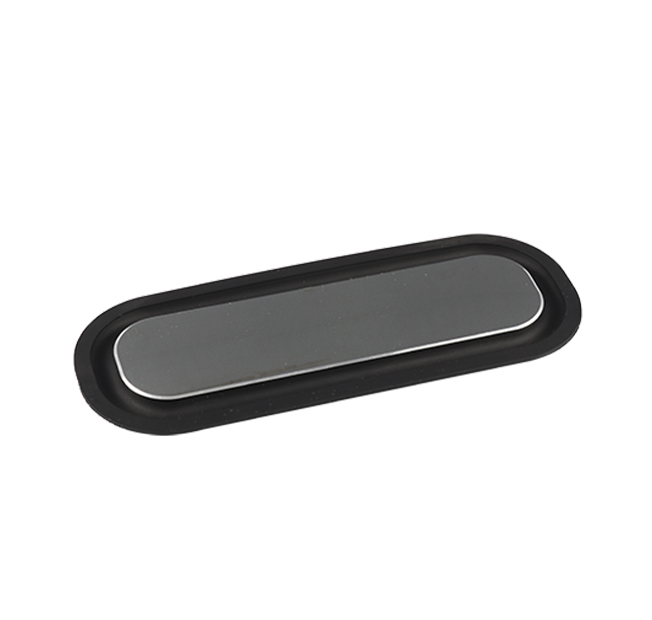Time:2025-06-07 Views:0 source:CNC Machining customization source:CNC Machining news

Automation has become a key strategy for improving efficiency, productivity, and quality in sheet metal processing. A comprehensive automated solution typically involves multiple aspects, from material handling to the final product output.
Material handling automation is the starting point. Automated guided vehicles (AGVs) or conveyor systems can be used to transport raw sheet metal materials to the processing area. These systems are programmed to follow specific routes, ensuring a continuous and efficient supply of materials. Robotic arms can be employed to pick up and place sheet metal blanks onto processing equipment, such as laser cutters or press brakes, with high precision. This eliminates the need for manual material handling, reducing the risk of injury and increasing the speed of the production process.
In the processing stage, automated cutting and bending equipment play a crucial role. CNC (Computer Numerical Control) laser cutters can accurately cut sheet metal into various shapes according to digital designs. They offer high cutting speed, precision, and flexibility, allowing for the production of complex parts. Automated press brakes are equipped with advanced control systems that can automatically adjust the bending angle, force, and sequence based on the part design. This ensures consistent bending quality and reduces the dependence on skilled operators for manual bending operations.
Welding automation is another important aspect. Robotic welding systems can perform a variety of welding processes, such as MIG (Metal Inert Gas) and TIG (Tungsten Inert Gas) welding, with high precision and repeatability. These robots can be programmed to follow complex welding paths, ensuring strong and reliable welds. They can also work continuously without fatigue, increasing the productivity of the welding process.
Finally, quality inspection in automated sheet metal processing can be achieved through automated vision systems. These systems use cameras and image - processing algorithms to detect defects, measure dimensions, and verify the quality of the processed parts. Any non - conforming products can be immediately identified and separated from the production line, ensuring that only high - quality products are delivered to customers.
Read recommendations:
Sealing ring Precision electronic parts
Housing components for recessed downlights Precision electronic parts
Oval Magnetic Hardware Precision electronic parts
CNC Machining Dimension Accuracy
CNC processing factory - Meeting customers' strict requirements for precision